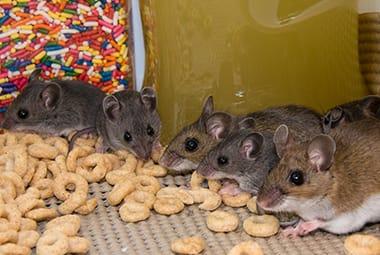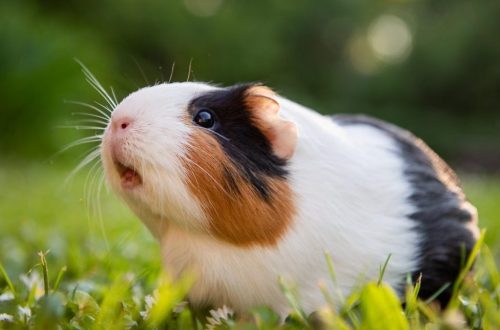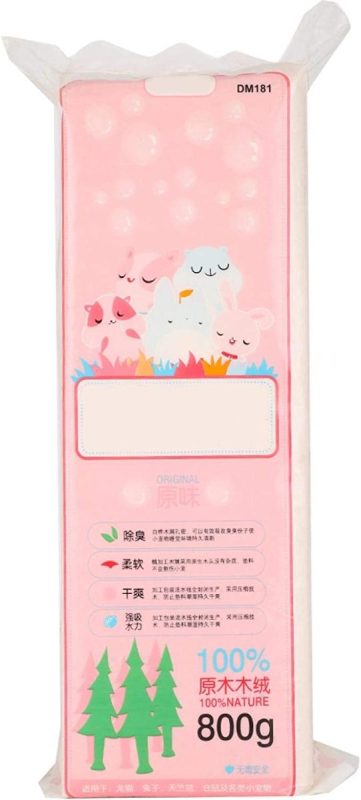
Hamster litter: which one is better to choose (sawdust, paper and other types of bedding)
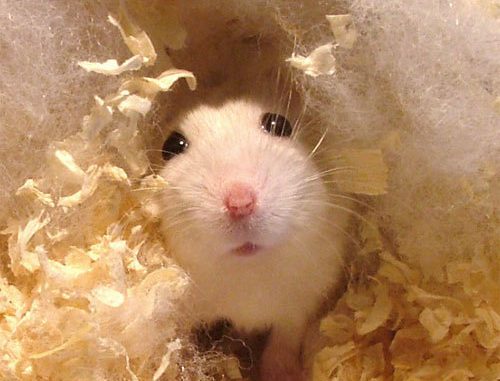
An important condition for a long and happy life of a hamster is a properly equipped cage with high-quality bedding. To make a good bedding for a rodent, you need to choose the right filler for hamsters and cover the bottom of the cage with it, it can be sawdust, toilet paper, small granules. Good bedding for a caged hamster is just as important as quality food.
Which filler to choose – a brief overview
Hay
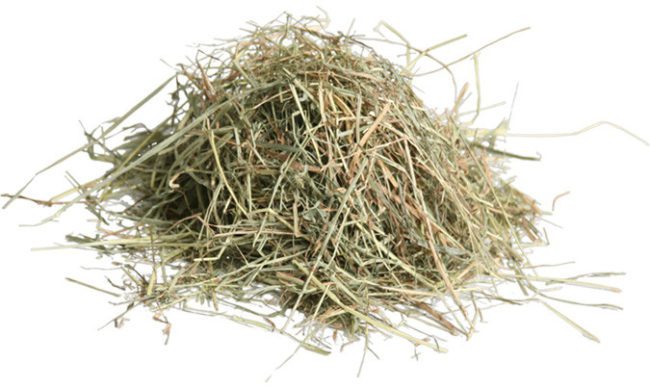
A good filler for the cage is hay. You can buy it in the store or prepare it yourself by picking it on the field. No one guarantees ecological cleanliness, but hay is closest to natural habitat conditions. The hamster will build a cozy nest out of it and feast on the mood.
In pet stores, you can find several options for bedding, which differ in price and other parameters. Filler for Dzungarians and Syrians must meet the following criteria:
• be safe; • absorb unpleasant odors and absorb moisture; • the structure of the material should be light, so that it is easy for the hamster to dig into it.
Sawdust
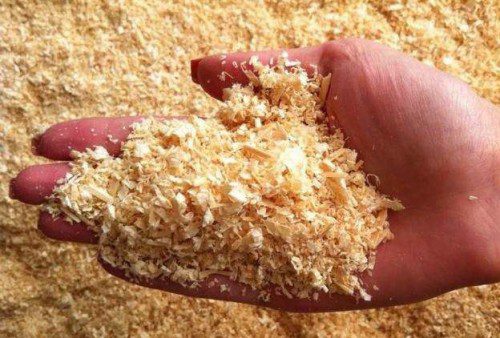
Sawdust is a universal filler for the Djungarian hamster. By the way, jungars are more picky in choosing bedding, perhaps this is due to their tiny size. In terms of sales, sawdust for hamsters is noticeably in the lead.
Advantages
• safe for health; • small and large types of sawdust are on sale; • Dzungarians love to dig, dig, so this is ideal for them; • availability and low price are the decisive factors in favor of the presented filler.
Which sawdust is best for your jungarik is up to you. Many people like granular ones – they are convenient to clean, some are small, and some are large.
Disadvantages
• are lightweight, so babies scatter them outside the cage; • When it comes to odor absorbing properties, sawdust is not the benchmark.
To find out how much sawdust for hamsters costs, just go on an excursion to the nearest pet store. The price will pleasantly surprise you.
wood filler
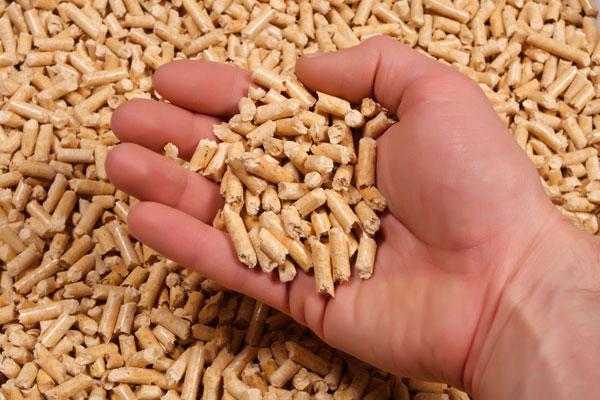
Another good and inexpensive bedding option is wood filler. It is called pressed sawdust.
Granular litter made of grass, wood is great for a hamster’s restroom. The disadvantage is that it is not as easy to clean up as lumpy litter, since it is difficult to distinguish soiled granules from clean ones. The advantages more than “cover” this disadvantage: herbal and wood fillers are environmentally friendly, they absorb odors well.
The habit of eating lunch with wood filler is unsafe, the baby can damage the cheek pouches, and if he swallows synthetic granules, he will be poisoned.
It is easy to wean a baby from a bad habit – pick up another filler. Many hamsters like chinchilla sand.
Advantages: Absorbs odors better but costs more.
Disadvantages: wood dust is present, which negatively affects rodents. In addition, the granules are quite large, it is inconvenient for a tiny jungar to live on such a litter.
If the crumbs are allergic to wood dust, such a bedding for a Djungarian hamster will not work, in this case, cellulose bedding is better.
The right choice of filler is no less important than the right choice of cage. If you have not had time to purchase a cage yet, we strongly recommend reading the article on choosing a cage for jungars or a cage for Syrian hamsters.
Cellulose filler
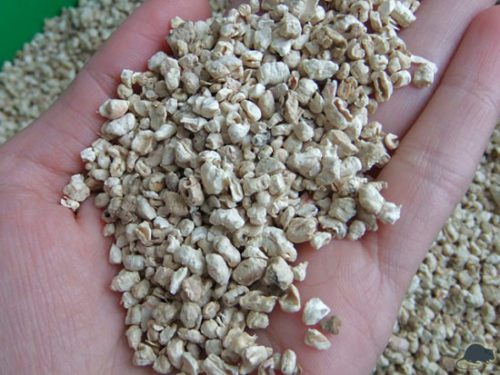
Cellulose filler is ideal for allergic rodents. In terms of structure, this is something in between the fillers described above. This bedding poorly absorbs odor and moisture, but is absolutely safe for the baby. The granules are small in size, which is very important for dwarf breeds.
Video: how to make cellulose filler for a hamster with your own hands
Lumpy clay filler
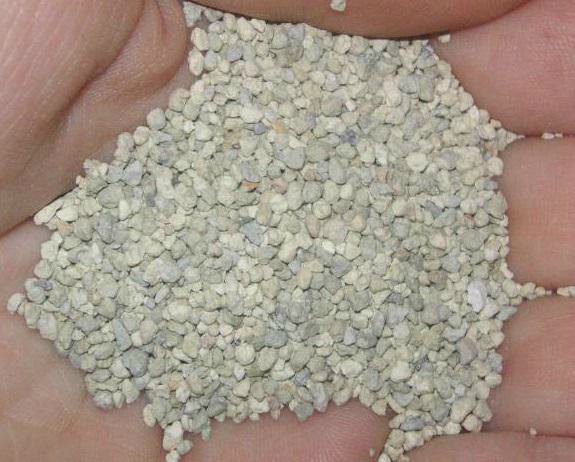
Easy-to-use lumpy clay filler. Many hamster breeders refuse it, because they claim that the composition contains quartz dust harmful to the hamster, they prefer wheat or corn cob fillers.
Corn filler
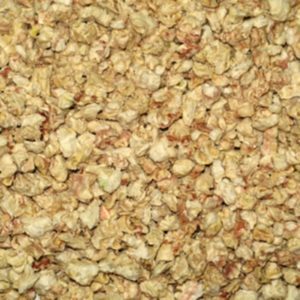
If the corn filler participated in the rating, they could shamelessly give it 1st place. It is ideal for hamsters, even better than shavings. The obvious disadvantage is the high cost. But you can change it less often – corn filler retains unpleasant odors well. Even if you pour a thin layer, you will not hear unpleasant odors, and the hamster will be comfortable moving around. The product does not contain wood dust, therefore it is absolutely safe for the health of the rodent.
If you haven’t decided yet what kind of bedding to use for your hamsters to enjoy digging and rummaging in, try corn bedding. It can be laid on rodents of different breeds: both Syrian and Djungarian hamsters will appreciate your efforts.
Cat litter
Choosing the right filler for a hamster is a responsible task. A good option is odorless cat litter, but only if it is natural, without fragrances and dyes. You can use wood but not silicate, which contains substances that corrode the delicate skin on the paws of rodents. In addition, it has sharp granules and can injure the animal, which negatively affects the quality of the coat. You should not use a mineral one, because it does not retain moisture well, and since it is based on clay, dirt is quickly diluted. Cellulose filler does not absorb moisture as well as wood filler.
Litter from improvised materials
It’s easy to make your own hamster bedding, but you can’t use newspaper or stiff paper. This is due to the fact that the baby will taste it all, newspaper paint is unlikely to be useful.
Paper Wipes
Many people are interested in the question of whether it is possible to give napkins to a hamster. If they are without drawings, paints and flavors, ordinary white, then you can. This is a good alternative to wood fillers if your baby is allergic to wood dust. Therefore, if you don’t know how to replace sawdust, feel free to go to household chemicals and buy odorless white table napkins. The kid will appreciate your efforts, because this is a good material for arranging a nest. The rodent will tear the napkin into small pieces (you can help him) and make a warm nest.
Video: do-it-yourself hamster filler from paper towels
Toilet paper
Toilet paper in rodents is rarely used for toileting. Offer this material to the baby and he will use it in the arrangement of the bedroom. But can hamsters be given paper? Definitely yes. The main thing is that the composition does not contain flavorings and other additives.
Wadding
Sometimes cotton wool is used as bedding, but this is not the best option. Such bedding is dangerous for the Djungarian hamster – it gets tangled between tiny fingers. Cotton wool is a subject of controversy, many people use it as bedding, arguing that nothing bad has happened to their pets, and besides, the Syrians love to wrap themselves in it. In fact, there are many cases when Dzhungars broke their paws, entangled in cotton wool.
To summarize
Now you know which hamster litter is best and you can choose the right option for your pet with good value for money. We hope you have decided which sawdust is needed for hamsters specifically in your case. Theoretically, you can do without filler, but with it the hamster is warmer, more comfortable, and it is more convenient for the owner to clean the cage. With caution, you need to choose coniferous sawdust, it is permissible to use pine sawdust, cedar sawdust is not recommended. You can not use sawdust from the factory, even fruit trees, because the wood is treated with special pesticides before production.
Beginning hamster breeders are interested in the question of how much filler to lay. Recommended in one layer so that the bedding covers the bottom.
Choosing the right litter for your hamster
4.1 (81.21%) 447 votes



